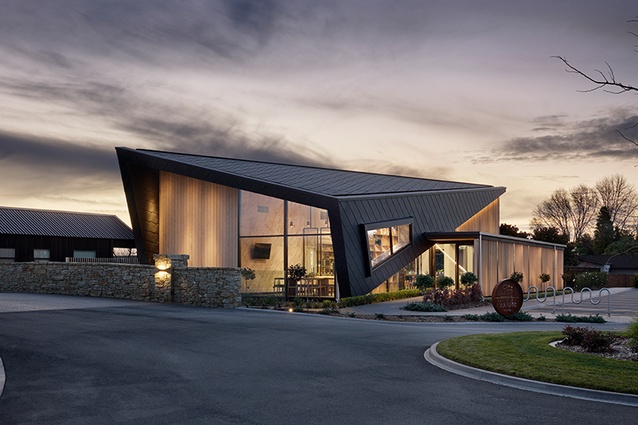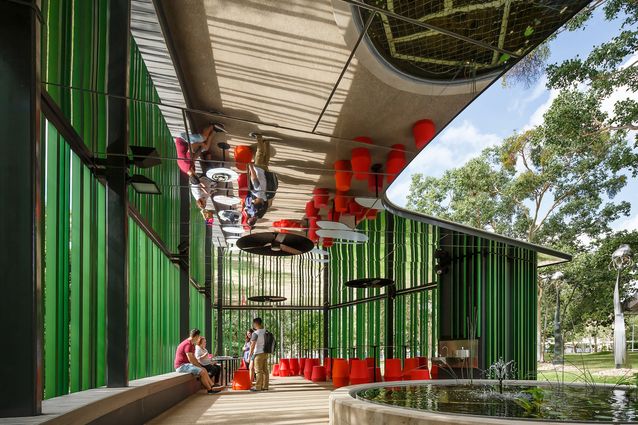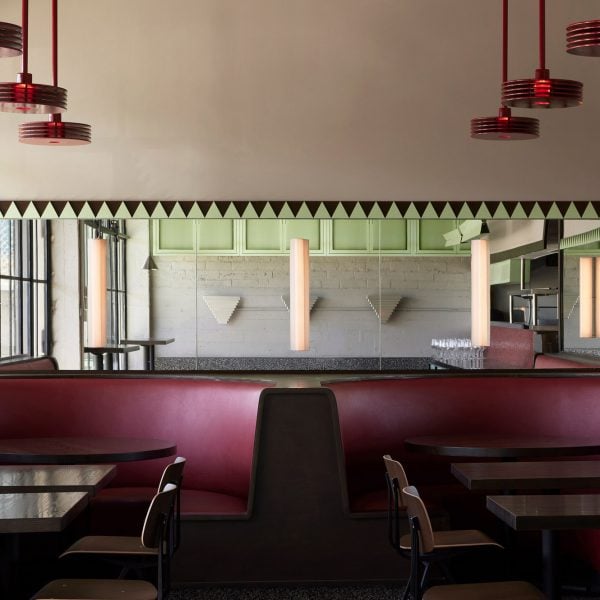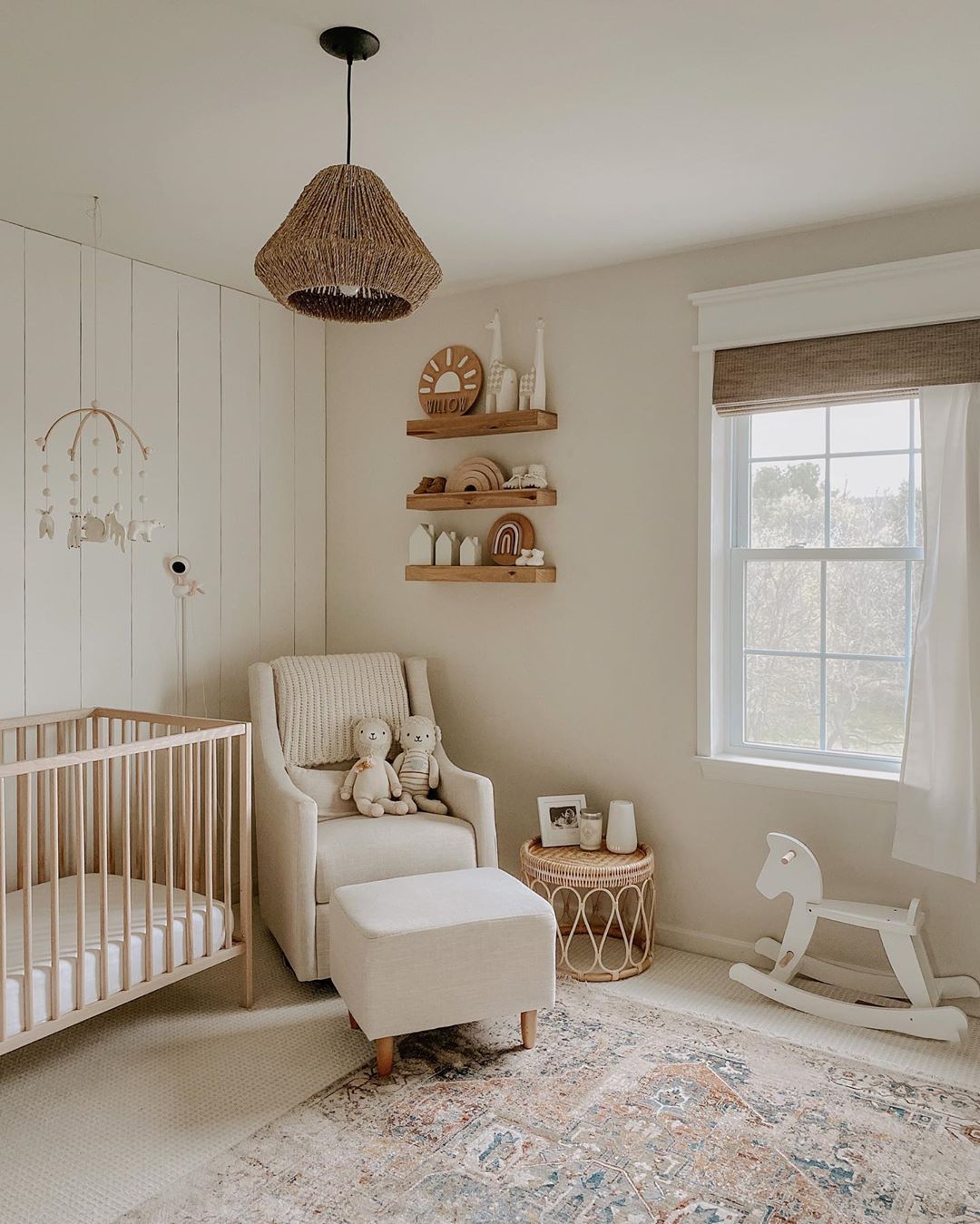Those curious about answers to these questions could be found gathered at AUT’s Sir Paul Reeves Building on Governor Fitzroy Place for a one-day regenerative design wānanga. Whakaora Our Thriving City was a call to lift ambitions beyond cookie-cutter solutions — to get serious about what it takes to enable the people in place to take charge of their own regeneration.
Step one, according to speaker Johnnie Freeland, is the unpicking of what he terms ‘squarisation’. Much of this concept pivots around the West’s market-based economic system, along with its underlying assumption that the sum of self-interested and competitive profit-seeking will produce socially beneficial outcomes.
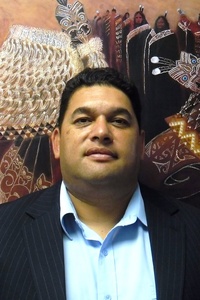
Auckland Council
This assumption has not translated into reality. Self-interest plus self-interest equals more self-interest; wealth has accumulated to the few; and, extractive economic activities that turn all things (humans included) into ‘resources’ to be used and depleted, have become normal. On a deeper level, squarisation is enabled by mental models that break everything down into siloed sectors, disciplines and decision-making arenas — including a fundamental separation between us and the natural world.
These largely unseen square structures, behavioural norms and mindsets are disconnected from our interconnected, complex and often very messy reality. But, as Johnnie pointed out, they do generate very real impacts. If we throw water on the spider web — making the unseen seen — it becomes clear that contemporary challenges, ranging from climate change to the housing crisis, are all the interrelated symptoms of square ways of thinking and doing. We cannot solve our problems with the same thinking that caused them. This being so, we need to ground how we move forward not in squares, but in circles.
Recircularisation, the overarching theme of the day, is about remembering that integrated and holistic ways of thinking are inherent to being human. Māori, after 200 years of disconnection from circular thinking, are returning to whakapapa-centric approaches to restore healthy connections between the land, nature and people. For Pākehā, who’ve experienced a significantly longer disconnect tracing back to pre-Christian Europe, the teachings of US-based Regenesis Institute have seen Western regenerative design thinking gain firm footholds throughout Aotearoa. Johnnie’s main message was that to move forward as a collective, the answer doesn’t lie solely in one or other, but in the convergence between these two binocular views. “What we’re wanting to do is to have those two circles to have a hongi.”
Practically speaking, operating in this “third space” demands stepping away from silver bullets, pre-determined outcomes and control to embrace the diversity and unpredictability of the world we actually live in. Over the course of the day, speakers and participants alike shed light on three key insights to put circular thinking into practice.
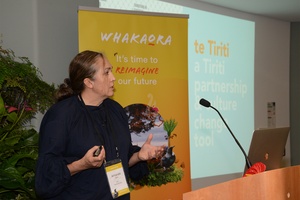
Peter Grant
1. Start with place: The concept of place is about remembering, in the words of AUT’s Dr Amanda Yates, Lead Researcher the Mauri Ora and Urban Wellbeing Project, that “we all whakapapa back to Papatūānuku.” As people of the land, returning to place is how we heal ourselves and the earth. In Te Ao Māori, this concept is not difficult to grasp. Tūrangawaewae, to feel a sense of connection and belonging to place via whakapapa, is closely interwoven with the desire to think and act as a kaitiaki, or guardian, of the natural world.
Bill Reed, Principal at Regenesis, spoke about how physical place gives us a bounded playing field in which to navigate complexity so that solutions appropriate to that place can emerge. Bill stressed that this place-based approach necessitates a shift away from ‘best practice.’ While it’s all very well to learn from what’s worked elsewhere, directly transposing solutions can flatten reality; eroding the self-determination and diversity of places that make the world rich, resilient and interesting. It is precisely because of the diversity between places — the people, cultures, assets, ecosystems, structures, and histories — that best practice solutions must be held lightly. Ultimately, the outcomes of intervening in systems of complexity are unknowable. A probing, sense-making and adapting approach, within the playing field of place, is more appropriate to enable effective, relevant and long-lasting change.
2. Look for potential over problems: So much of the debate on what we need to do to shift to a fairer society that does less harm, is focused on problems. The ‘fix it’ mindset, be it applied to markets, carbon-intensive sectors or unsustainable business models, typically results in sticking plaster solutions that cover up root causes, or at best produce incremental efficiency gains. In the process, there’s risk of sustaining broken systems and an opportunity is missed to see the potential for real transformative change.
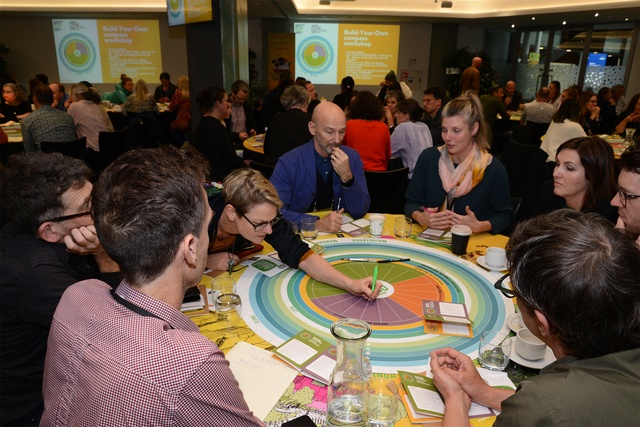
Peter Grant
Potential in Te Ao Māori and regenerative design refers to the inherent nature of living systems to evolve into higher states of health. Potential is never isolated to one element or place within a system. Rather, it lies in the role a place might play to make a contribution to the vitality of the whole system, of which it is one among many interdependent parts. What might shift, if say, an organisation or a community, was supported to get actively involved in identifying their own unique potential in Tāmaki’s transition to a greener more equitable city, as opposed to pointing out all of their problems?
If this line of thinking sounds too far stretched from the present-day realities of risk registers, metrics and targets, and annual sustainability reports, consider, for a moment, that these approaches to doing ‘better’ have been around for decades. Meanwhile, the climate crisis deepens, and inequality has been on the rise. If we’re going to solve these, among other cross-cutting challenges, it might be time to try something new. The motivation and excitement that comes alive in the human mind when we speak of potential over problems might be just what we need to breakdown the compartments between sectors, communities, and disciplines — and work together for the sake of shared endeavours.
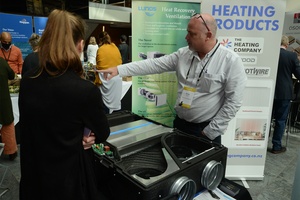
Peter Grant
3. Being in time: A final note of wisdom from the day — slow down. We’re increasingly preoccupied with quick-fix solutions and immediate answers. Yes, problems such as climate change are urgent. But, if history is anything to go by, the solutions of today (even by the most well-intentioned among us) all too often become the problems of tomorrow.
To avoid this well-worn trap, reclaiming our relationship with time is critical. In the midst of our ‘busyness’ culture, in which time is used as an instrument to achieve pre-determined goals, we’ve lost sight of how to simply be in time. Being in time — to be present with the people in place and to think things through — is what recircularisation demands. Before jumping to solutions, we need to take pause to understand why something has arisen; without questioning the worldviews that have shaped today’s culture, we’re all too likely to repeat the same mistakes over and over again. Off the back of this sense-making comes the how, what approach is most appropriate to uplift and regenerate. The what (the solutions) “matter the least,” to quote Jonnie.
For those of us at Whakaora Our Thriving City, in being confined to a conference room all day with little to do but to take pause, listen, learn, eat and ask questions, this closing statement from Johnnie makes sense. It is in the process of slowing down, taking time to observe what’s actually going on, that people are able to challenge and let go of outdated mental models that no longer serve us. In the gap created, there’s room for the “third space” that sits between Te Ao Māori and western regenerative design, to create a “Kiwi system, anchored in the land, anchored in nature, and anchored in people” to guide us forward to new ways of being that serve all of life.
To find out more about workshops and events held by Whakaora Our Thriving City, head to ourthrivingcity.co.nz. and follow their instagram page.



